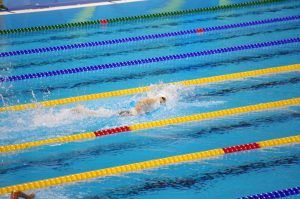
Katie Ledecky and The Power of Asking “Why Not?”
Swimmers often find themselves stuck with doubt when it comes to doing tough things in the water. Here’s a simple question to ask when you find doubt and uncertainty stopping you from excellence.
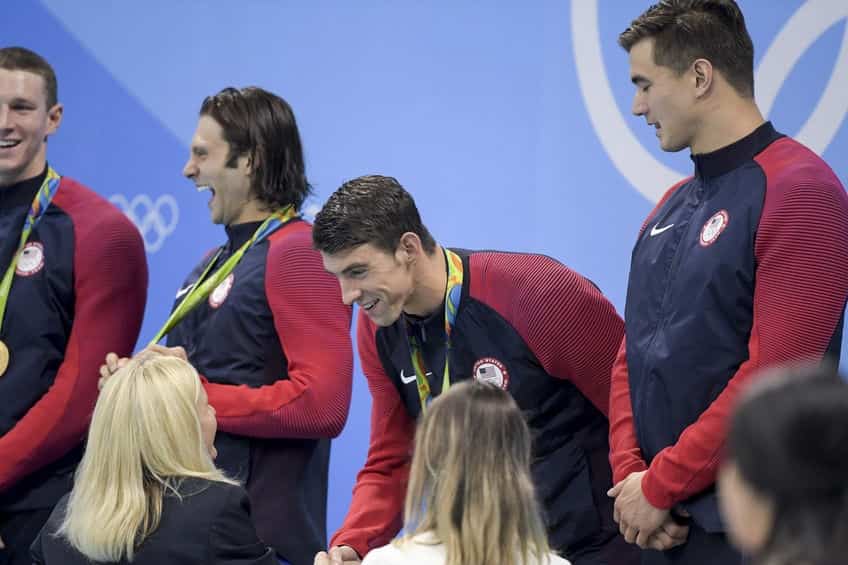
Visualization, or strategic daydreaming about your swimming, is one of the more popular mental training skills available to the ambitious swimmer.
The skill is simple in theory: You find yourself a quiet spot, close your eyes, and roll the scene of your ideal performance, or yourself overcoming adversity, or the pool where you are going to compete.
The goal?
To give yourself a series of wins. To give yourself a sense of “been there, done that.” To give yourself dry-runs of race day so that when it happens for real, you won’t be overwhelmed or buried by the pressure and the unexpected.
Here’s how some of the fastest swimmers on the planet use visualization to help them perform their best.
The United States Olympic Trials meet is one of the most high-pressure competitions on the planet. With thousands in attendance, the pressure-cooker at Trials is no joke. Cody Miller, who most swimmers now recognize from his popular YouTube channel, used visualization nightly during his preparation for the 2016 Trials. He used his imagery to set the table for how he was going to react and perform under the lights in Omaha.
“For months, before I qualified for the [Olympic] team, every night before I fell asleep, I would spend 5 or 10 minutes just kinda visualizing what the atmosphere at Olympic trials in Omaha was going to be like,” says Miller. “What the pool was going to look like, how it was going to look when I was standing behind my lane. So all of those things were already determined in my head and how I was going to act when that time finally came.”
Visualizing helps to reduce overthinking, something that a lot of swimmers struggle with and that can cause performance to crumble in those precious moments behind the block.
Overthinking means you are thinking about what others are thinking about, worrying about disappointing your parents, obsessing over what the competition is doing, or over-analysing every little thing you are doing. Visualization helps keep you focused on the things that promote peak performance under pressure.
Missy Franklin, an Olympic gold medalist and world record holder, talked about her visualization work in Franklin’s book, Relentless Spirit.
“When I get there, I’ve already pictured what’s going to happen a million times, so I don’t actually have to think about it,” said Franklin, a four-time Olympic gold medalist.
Like any other skill, visualization is something that you need to hit with a ton of repetitions to get the more from it. Using mental imagery as a last minute addition to your training can be effective in limited ways, but getting the max amount of self-confidence and automaticity comes from putting in the reps.
Bob Bowman, Michael Phelps’ longtime coach, had him doing relaxation and visualization work from a young age to help calm Phelps. Each night Phelps would go home after practice, and before bed, watch his goal races in his mind, using different perspectives and putting in the reps.
“It has to be rehearsed many, many times,” Bowman notes. “By the time Michael gets up on the blocks to swim in the World Championships or Olympics, he’s swum that race hundreds of times in his mind before he gets up there.”
Visualization and imagery help prepare you mentally for your race by giving you countless rehearsals, so that when the real thing happens, it will feel like just another race. Swimmers who use this tool successfully do more than just see themselves perform at a high level, they anticipate what they will feel like in the water.
Whenever Katie Ledecky hits the water, she does so with the knowledge that she has trained her butt off and is ready mentally for each part of her event.
“I have my goals and I visualize things to help me achieve those goals,” says Ledecky. “I know what my stroke should feel like at different parts of the race, and I can just kind of picture that in my mind.”
Elite swimmers have a certain degree of swagger and self-confidence. And there are fewer swimmers who displayed the confidence of a champion than Megan Quann (born Jendrick).
As she prepared for the Sydney Olympics in 2000, she would take a stopwatch, close her eyes, and picture herself swimming the 100m breaststroke in world record time.
“I visualize my races every night before I go to bed,” she said. “I visualize it with a stopwatch in my hand. Every night, my goal is to go 1:05.49. I just visualized it the other day, and on the stopwatch my time was 1:05.47.”
Quann would win in Sydney, upsetting the world record holder and defending Olympic champion, Penny Heyns of South Africa to win gold.
Adam Peaty’s preparation for the Rio Olympics went beyond what he was doing between the lane ropes. He also spent time “training” what was happening between his ears so that he would show up at the Olympics ready to Hulk smash the competition. This started with using visualization and imagery.
“It’s weird because I didn’t really get that nervous during the Olympics. I’d swam that race a thousand times in my head. I’m a big fan of visualization so I’ll always visualize my race beforehand,” says Peaty.
Peaty enriched his visualization work by incorporating the environment and physical sensations, which helped deepen the imagery.
“If you start feeling your environment and seeing it at the same time — what will the water feel like? Who’s going to be beside me? What’s it going to be like when you touch the wall? —you can prepare yourself for every situation and that’s something that really helps me,” says Peaty.
During the 1990s, Kieren Perkins of Australia repeatedly shattered the world record in the 1500m freestyle. In 1992, he shaved a total of seven seconds off the world record, becoming the first swimmer to go under 14:50 in the mile.
Part of Perkins’ grueling preparation of exceling in the pool’s longest event included mentally rehearsing the race he wanted.
“I start months before the event. I just sit there and visualize the race in my mind,” says Perkins. “I dive into the pool. I’m swimming strongly. I’m out in front. The crowd roaring, I can hear them. No one can catch me. I even see myself…with the gold medal placed around my neck.”
Even though visualization and mental imagery looks super simple in theory, it’s not always that easy in practice.
Sometimes our visualizations get away from us, leading our mental movie to negative outcomes, like swimming slow, getting disqualified, or choking under pressure.
Or, swimmers will use it at the eleventh hour to band-aid a lack of preparation.
Visualization works best when you treat it like anything else you do in the pool. Practice, consistency, and progression.
I’ve put together a couple different resources to help swimmers get started with visualization, which you can read below:
How Swimmers Can Get Started with Visualization and Imagery. Looking for simple things to focus on to take your visualization work from hero to zero? Here’s your guide to crushing it with mental imagery.
Confident Swimmers Use Visualization to Crush it in Competition. PB-crushing self-confidence starts with the work you do in the pool, but sharpening and maintaining that self-confidence continues with imagery and visualization.
Subscribe to the YourSwimLog.com newsletter and get tips and advice on how to swim faster every weekday morning, straight to your inbox.
Join 33,000+ swimmers, coaches, and swim parents learning what it takes to swim like a boss.
Unsubscribe anytime. Email will never be shared or sold.

Olivier Poirier-Leroy Olivier Poirier-Leroy is the founder of YourSwimLog.com. He is an author, former national level swimmer, two-time Olympic Trials qualifier, and swim coach.

Swimmers often find themselves stuck with doubt when it comes to doing tough things in the water. Here’s a simple question to ask when you find doubt and uncertainty stopping you from excellence.
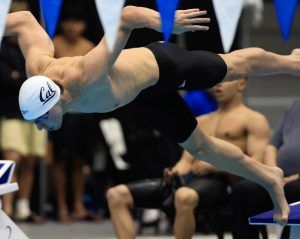
Looking to take your mindset and swimming to the next level? Here are five things you can learn from Jack Alexy, one of the fastest freestylers on the planet. American Jack Alexy has joined the ranks of elite sprinters in the world. Now 21 years of age and standing a
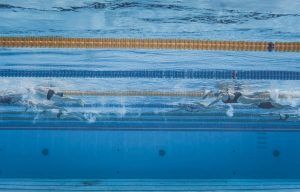
Looking to improve faster this season? Start by reflecting and learning from your swims.
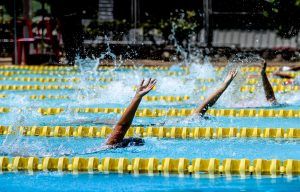
Going to swim practice feeling like a struggle? Here are some proven strategies and tips to conquer today’s swim practice, even though you might not be feeling it.
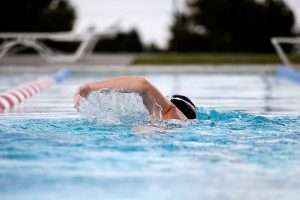
Feeling stuck with your journaling? Here are some journaling prompts for swimmers to build self-awareness, confidence, and help swimmers maintain perspective over the course of the swim season.
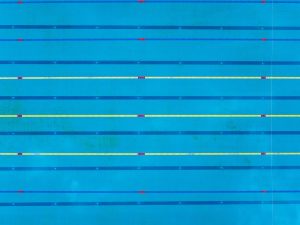
Swimmers invest a lot of time in the water over the course of the season. The two-a-days, long swim meets, and the perpetual sogginess can be difficult to bear for even the most motivated of swimmers. In the moments when you are struggling with commitment or motivation, it’s a great

LANE 6 PUBLISHING © 2012-2024 · PRIVACY POLICY · RETURN POLICY · TERMS OF SERVICE · AFFILIATE DISCLOSURE